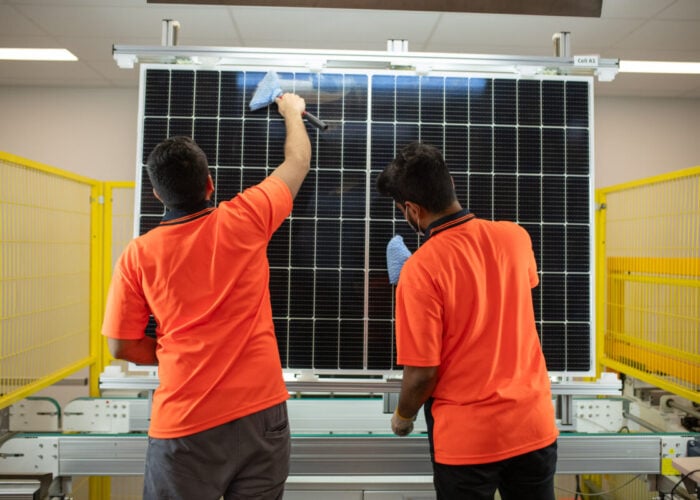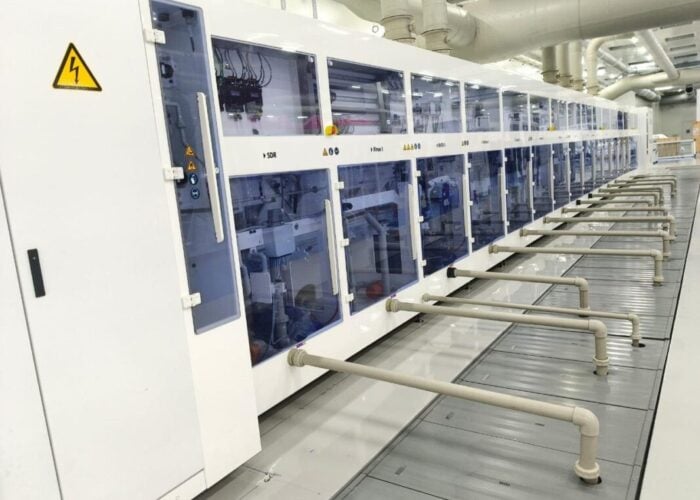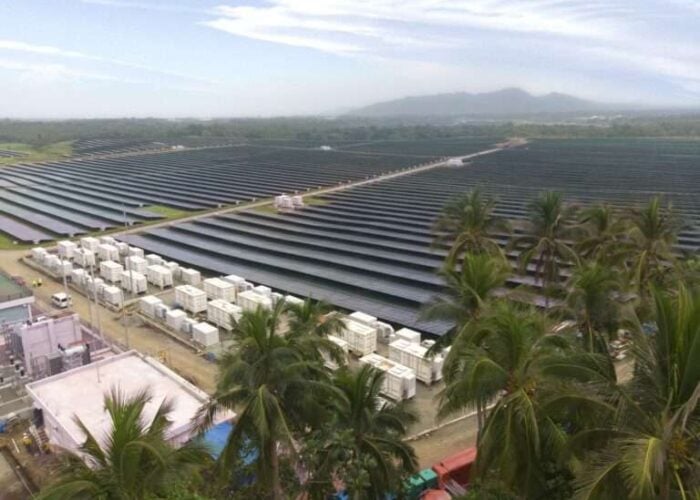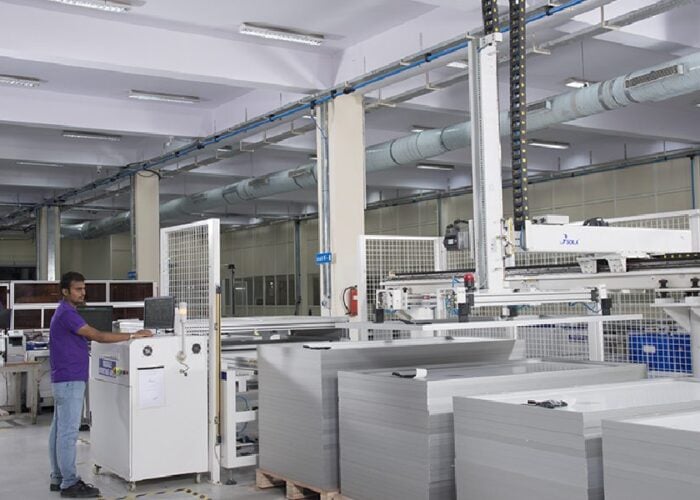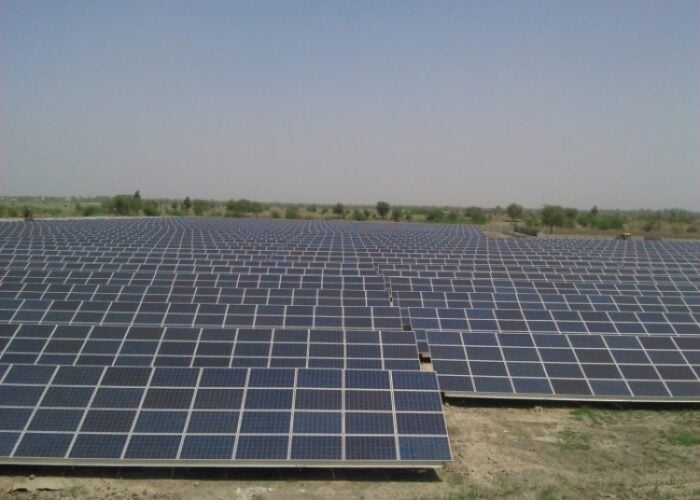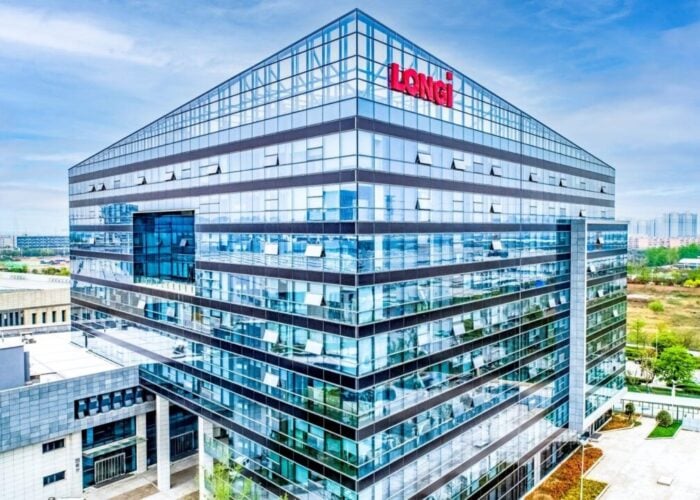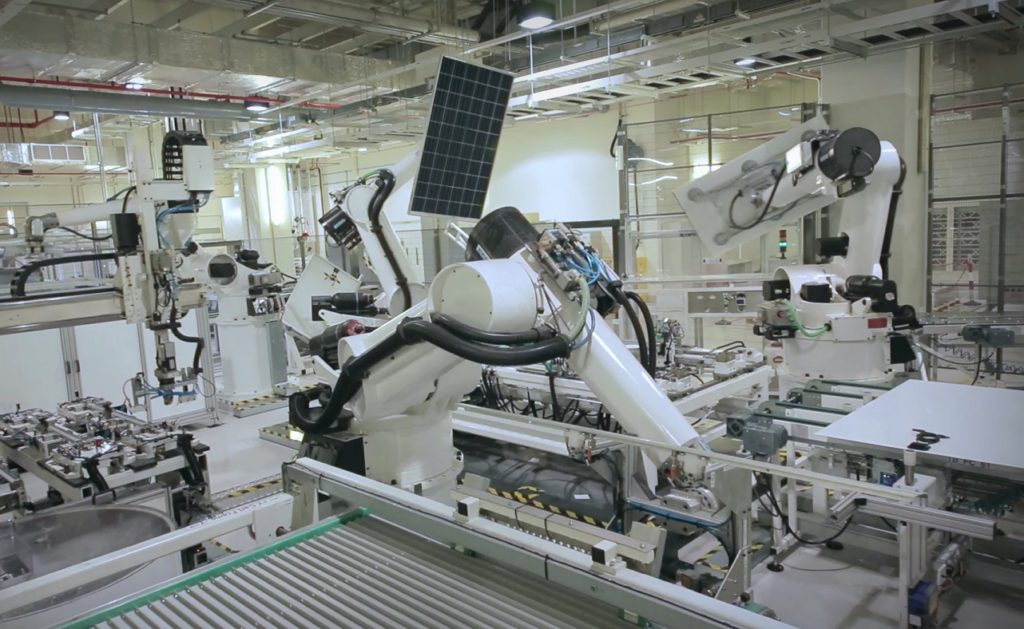
Indian conglomerate Reliance Industries will begin production at its 10GW solar cell and module factory in Jamnagar, India by 2024.
The facility will be vertically integrated from “quartz-to-module” by manufacturing all stages of the supply chain in the same plant, including polysilicon, ingots and wafers as well as cells and modules.
Unlock unlimited access for 12 whole months of distinctive global analysis
Photovoltaics International is now included.
- Regular insight and analysis of the industry’s biggest developments
- In-depth interviews with the industry’s leading figures
- Unlimited digital access to the PV Tech Power journal catalogue
- Unlimited digital access to the Photovoltaics International journal catalogue
- Access to more than 1,000 technical papers
- Discounts on Solar Media’s portfolio of events, in-person and virtual
Annual capacity would then be doubled to 20GW by 2026 with the technology behind it based on module manufacturers REC Solar’s technology, which the Indian conglomerate acquired last year, as reported by PV Tech.
Since the acquisition of the Norway-headquartered company, Reliance has increased the manufacturing capacity of the module manufacturer in several countries to reach 5GW within the next two years.
Most recently, the manufacturer had ramped up recruitment for its heterojunction (HJT) module facility in India, while it has been selected by the European Union to receive a grant to support the construction of a 2GW HJT manufacturing plant in France.
Its module production in Singapore has also expanded its annual capacity from 1.2GW to 1.8GW of HJT.
Other notable technological improvements in the company’s roadmap include a target to increase HJT module efficiency from 23% to 26% by 2026 and further improving it to 28% with perovskite-tandem cell technology.
“Reliance aspires to make India a world leader in new energy manufacturing and a credible alternative to China,” said the chairman and managing director at Reliance Industries, Mukesh Ambani., Asia’s richest man, during the annual general meeting.
The conglomerate will also progressively transition from grey hydrogen to green hydrogen by 2025. For that, it will establish 20GW of solar energy generation capacity by 2025 to provide “round-the-clock” power and intermittent energy for green hydrogen.
Furthermore, at the beginning of the year the Indian company signed a memorandum of understanding with the government of Gujarat to invest US$80 billion to establish and enable at least 100GW of renewables and setting up green technology manufacturing facilities in the state.

